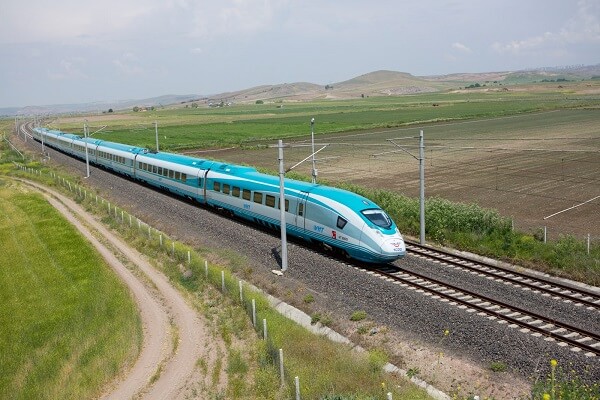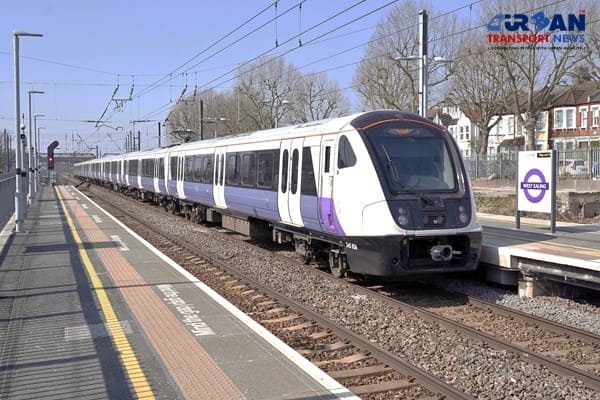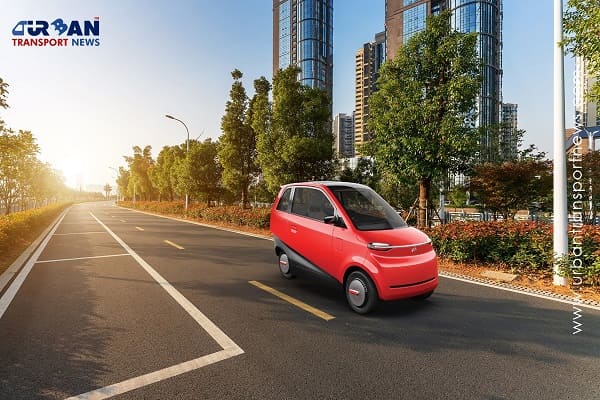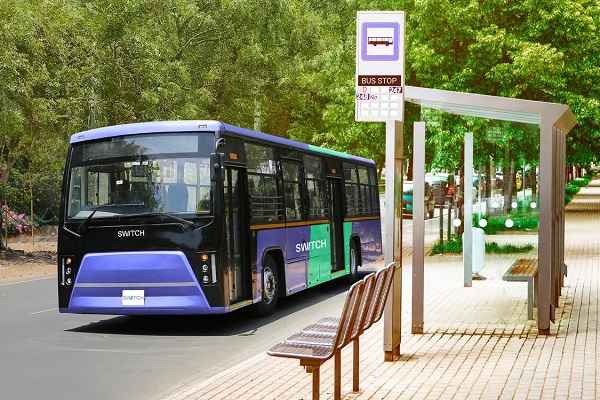 FlixBus India celebrates successful 3 months of service with major expansion
FlixBus India celebrates successful 3 months of service with major expansion Siemens all set to Sell its Drive Division to KPS Capital for US$3.25 Billion
Siemens all set to Sell its Drive Division to KPS Capital for US$3.25 Billion K-RIDE to cut 32,572 trees to pave the way for Bengaluru Suburban Rail Project
K-RIDE to cut 32,572 trees to pave the way for Bengaluru Suburban Rail Project Joby Aviation partners with Abu Dhabi to establish Electric Air Taxi Ecosystem
Joby Aviation partners with Abu Dhabi to establish Electric Air Taxi Ecosystem IIT Madras incubated ePlane Company revolutionizing Urban Air Mobility
IIT Madras incubated ePlane Company revolutionizing Urban Air Mobility Exclusive Interview with Harshita Jain, Director, Consulting Engineers Group
Exclusive Interview with Harshita Jain, Director, Consulting Engineers Group In Focus: Consulting Engineers Group - Pioneering Infrastructure Consulting Globally
In Focus: Consulting Engineers Group - Pioneering Infrastructure Consulting Globally Zoomcar CEO Greg Moran discusses Tesla's potential strategy shift in the EV Industry
Zoomcar CEO Greg Moran discusses Tesla's potential strategy shift in the EV Industry Urban Transport Infrastructure Magazine - May 2024 - Transport Day Special
Urban Transport Infrastructure Magazine - May 2024 - Transport Day Special How can Technology make Transformative Impact on Urban Commuting?
How can Technology make Transformative Impact on Urban Commuting?
Reimagining Urban Mobility: Role of Public Transport in Reducing Carbon Footprint

Transportation is a major contributor to greenhouse gas emissions, particularly in urban areas where private vehicle usage is prevalent. The combustion of fossil fuels, primarily gasoline and diesel, in private vehicles releases carbon dioxide (CO2) and other greenhouse gases into the atmosphere. However, Public transport plays a crucial role in reducing carbon footprint by offering a more sustainable and efficient alternative to individual car travel.
In this detailed analysis, we will explore the specific ways in which public transport can contribute to reducing carbon emissions and creating greener, more sustainable cities.
1. Efficient Use of Resources
Public transport enables the efficient use of resources by carrying a large number of passengers in a single vehicle. Compared to private cars, buses, trains, and trams have a higher passenger capacity, reducing the number of vehicles on the road and, subsequently, the carbon emissions associated with individual car trips.
2. Lower Per-Passenger Emissions
Public transport systems generally have lower per-passenger emissions compared to private vehicles. This is mainly due to their ability to transport more people while consuming a relatively smaller amount of fuel per passenger-kilometer. For instance, a fully occupied bus emits significantly fewer greenhouse gases per person compared to a single-occupancy car traveling the same distance.
3. Modal Shift
Encouraging a shift from private vehicles to public transport is an effective way to reduce carbon emissions. By providing affordable, reliable, and convenient public transport options, cities can incentivize individuals to choose public transport over private cars, thus reducing overall emissions. This modal shift can be further enhanced by integrating various modes of transportation, such as buses, trains, trams, and bicycles, to create seamless and sustainable journeys.
4. Integration with Renewable Energy
Public transport systems can contribute to carbon footprint reduction by integrating renewable energy sources. Electric buses and trains powered by clean energy can significantly reduce emissions compared to fossil fuel-powered vehicles. By transitioning to electric or hybrid public transport fleets and utilizing renewable energy sources for charging or powering vehicles, cities can make substantial progress in reducing carbon emissions.
5. Network Planning and Optimization
Efficient network planning is crucial for public transport systems to maximize their carbon reduction potential. Well-designed routes, coverage, and connectivity can attract more passengers, reduce travel times, and optimize fuel consumption. Implementing intelligent transport systems, such as real-time information systems and predictive analytics, can help optimize route planning and reduce congestion, further reducing emissions.
6. Land Use and Urban Planning
Public transport is closely linked to land use and urban planning. Compact and mixed-use development patterns that prioritize public transport accessibility can reduce the need for long-distance travel and promote walkability and cycling. By creating vibrant, transit-oriented communities, cities can reduce car dependency and encourage public transport usage, leading to lower carbon emissions.
7. Policy Support and Investment
Public transport initiatives require strong policy support and adequate investment to succeed. Governments and policymakers can play a vital role in setting emission reduction targets, providing financial incentives, and implementing regulations that promote the use of public transport. Furthermore, attracting private investments and establishing public-private partnerships can help fund the development and maintenance of efficient public transport infrastructure.
8. Changing Travel Behavior
Encouraging a shift in travel behavior from private cars to public transport requires targeted campaigns, education, and awareness programs. Promoting the benefits of public transport, such as cost savings, reduced traffic congestion, and environmental advantages, can influence individuals to choose sustainable travel options. Additionally, providing amenities such as bike-sharing programs, pedestrian-friendly infrastructure, and last-mile connectivity options can make public transport a more attractive and convenient choice for commuters.
Conclusion
Public transport plays a vital role in reducing the carbon footprint of urban areas. By efficiently utilizing resources, offering lower per-passenger emissions, promoting modal shift, integrating renewable energy sources, optimizing networks, and aligning with land use and urban planning, public transport systems can significantly contribute to reducing carbon emissions.






